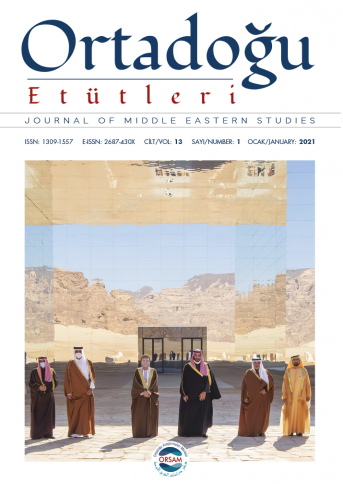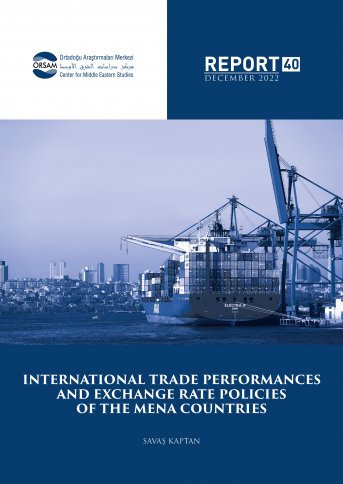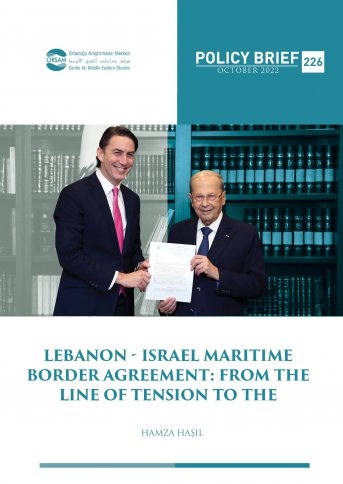
Factors Determining The Syrian Refugee Flow: An Econometric Analysis
The Arab Spring is the process name that started with the spread of the popular movement to the countries of the region against the worsening economic conditions in Tunisia. The social, political and economic impacts of this process spread to the Middle Eastern and North African (MENA) countries, especially Egypt, Libya, Yemen and Syria. The effects of this major transformation continue to be seen in most MENA countries today. It can be said that Syria is the country most affected by the Arab Spring among the countries in the region. The process in Syria has turned into a human tragedy with many dimensions and has become the biggest internal and external migration problem in recent history in the world. According to the data of the United Nations High Commissioner for Refugees (UNHCR), approximately 6 million Syrian refugees have had to migrate to neighboring countries since the beginning of the civil war in Syria. Mostly Turkey, Jordan, Lebanon, Iraq, Egypt and Yemen are the places where they have migrated. In this context, the purpose of this study is to reveal the macroeconomic factors that determined the Syrian refugee flow between 2004- 2017. The economic models developed in the study are predicted empirically and the findings are evaluated from a political economy perspective. Empirical models are estimated using data for the years 2004-2017 for the 6 MENA countries. The contribution of the study to the empirical literature is to measure the effect of life expectancy at birth and inflation rate on refugee flow. On the other hand, notall of the countries where Syrian migrant flow occurs could be included in the model due to the lack of data. According to the findings obtained as a result of empirical analysis, a positive relationship was found between the number of refugees and growth rate, life expectancy at birth and labor force participation rate, and a negative relationship was found between inflation rate, gross domestic product and per capita income.








